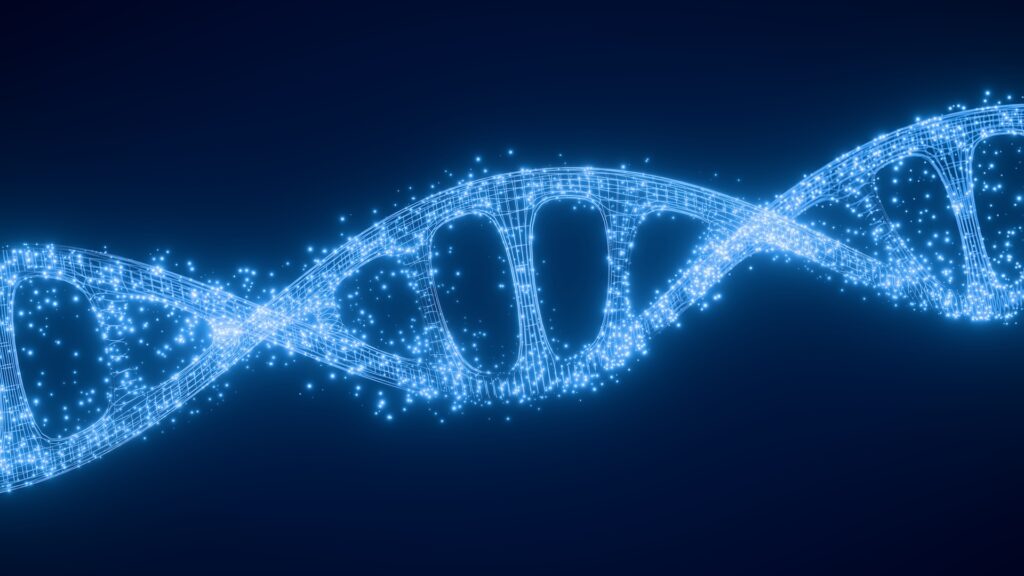
Hibernating mammals rely on particular genes to adjust their metabolisms as they enter that unique, low-energy state — and humans actually carry that same hibernation-related DNA.
Now, early research hints that leveraging this particular DNA could help treat medical conditions in people, scientists say.
Hibernation offers “a whole bunch of different biometrically important superpowers,” senior study author Christopher Gregg, a human genetics professor at the University of Utah, told Live Science.
For example, ground squirrels can develop reversible insulin resistance that helps them rapidly gain weight before they hibernate but starts fading as hibernation gets underway. A better understanding of how hibernators flip this switch could be useful for tackling the insulin resistance that characterizes type 2 diabetes, Gregg suggested.
Hibernating animals also protect their nervous systems from damage that could be caused by sudden changes in blood flow. “When they come out of hibernation, their brain is reperfused with blood,” Gregg said. “Often that would cause a lot of damage, like a stroke, but they’ve developed ways to prevent that damage from happening.”
Gregg and his colleagues think tapping into hibernation-related genes in people could unlock similar benefits.
Related: Best-ever map of the human genome sheds light on ‘jumping genes,’ ‘junk DNA’ and more
A ‘hub’ of hibernation genes
In a pair of studies published Thursday (July 31) in the journal Science, Gregg and his team pinpointed key levers that control genes related to hibernation, showing how they differ between animals that hibernate and those that don’t. Then, in the lab experiments, they delved into the effects of deleting these levers in lab mice.
Although mice don’t hibernate, they can enter torpor — a lethargic state of decreased metabolism, movement and body temperature that typically lasts for less than a day — after fasting for at least six hours. This made mice a suitable genetic model for studying these effects.
Using the gene-editing technique CRISPR, the scientists engineered mice with one of five conserved noncoding cis elements (CREs) deactivated, or “knocked out.” These CREs act as levers to control genes that, in turn, code for proteins that carry out biological functions.
The CREs targeted in the study lie near a gene cluster called the “fat mass and obesity-related locus,” or the FTO locus, which is also found in humans. Gene variants found within the cluster have been tied to an elevated risk of obesity and related conditions. Broadly speaking, the FTO locus is known to be important for controlling metabolism, energy expenditure and body mass.
By knocking out the CREs, the researchers were able to change the mice’s weights, metabolic rates and foraging behaviors. Some deletions sped up or slowed down weight gain, others turned metabolic rate up or down, and some affected how quickly the mice’s body temperatures recovered after torpor, the researchers said in a statement.
This finding is “highly promising,” particularly given the FTO locus plays a well-known role in human obesity, Kelly Drew, a specialist on hibernation biology at the University of Alaska Fairbanks, told Live Science in an email.
Knocking out one CRE — called E1 — in female mice caused them to gain more weight on a high-fat diet than did a comparison group with all of their DNA intact. Deleting a different CRE, called E3, changed the foraging behavior of both male and female mice, specifically changing how they searched for food hidden in an arena.
“This suggests that important differences in foraging and decision processes may exist between hibernators and non-hibernators and the elements we uncovered might be involved,” Gregg said.
Unknowns to address
The study authors said their results could be relevant to humans, since the underlying genes don’t differ much between mammals. “It’s how [the mammals] turn those genes on and off at different times and then for different durations and in different combinations that shape different species,” Gregg said.
However, “it’s definitely not as simple as introducing the same changes in human DNA,” Joanna Kelley, a professor who specialises in functional genomics at the University of California, Santa Cruz, told Live Science in an email. “Humans are not capable of fasting-induced torpor, which is the reason why mice are used in these studies,” said Kelley, who was not involved in the work.
She suggested that future work include animals incapable of torpor, and focus on unpacking all the downstream effects of the deleted CREs. As is, the current study “definitely points the field in a new direction” in terms of how scientists understand the genetic controls driving changes in hibernators throughout the year, she added.
Drew also highlighted that torpor in mice is triggered by fasting, while true hibernation is triggered by hormonal and seasonal changes and internal clocks. So while the CREs and genes the study identified are likely critical parts of a metabolic “toolkit” that responds to fasting, they may not be a “master switch” that turns hibernation on or off.
“Nevertheless, uncovering these fundamental mechanisms in a tractable model like the mouse is an invaluable stepping stone for future research,” Drew said.
Gregg emphasized that much remains unknown, including why the effects of some deletions differed in female mice versus male mice or how the changes in foraging behavior seen in mice might manifest in humans. The team also plans to research what would happen if they deleted more than one hibernation-linked CRE at a time in mice.
Down the line, Gregg thinks it could be possible to tweak the activity of humans’ “hibernation hub genes” with drugs. The idea would be that this approach could yield the benefits of that gene activity — like neuroprotection — without patients having to actually hibernate, he said.
